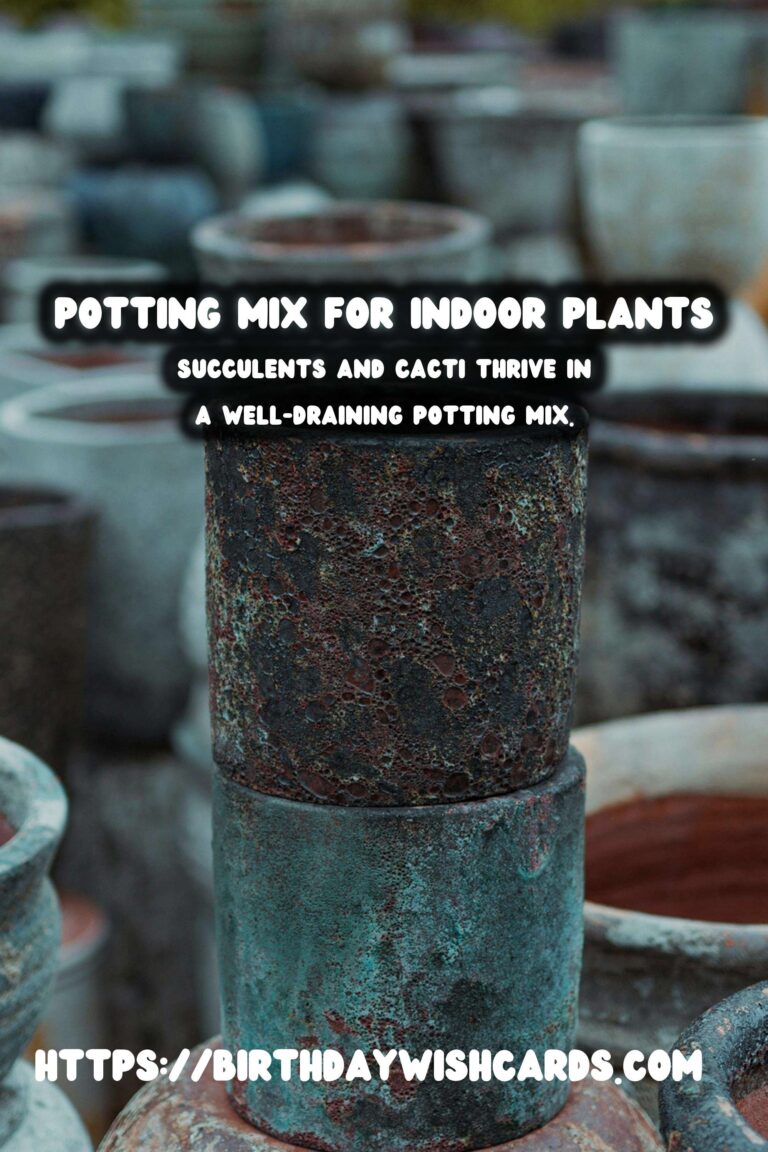
Indoor plants bring life and beauty into our homes, but to thrive, they need the right growing environment. One of the most critical factors in plant health is the potting mix. Choosing the right potting mix for your indoor plants can make all the difference between lush growth and struggling greenery.
Understanding Potting Mix Components
Potting mix, also known as potting soil, isn’t just dirt. It’s a blend of various materials that provide the necessary nutrients, aeration, and moisture retention for plants. The main components typically include peat moss, vermiculite, perlite, and compost. Each of these plays a unique role in creating a balance of aeration, moisture, and nutrients.
Peat Moss: Known for its ability to retain moisture, peat moss is a staple in many potting mixes. It helps keep the soil from drying out too quickly, which is crucial for plants that require consistent moisture.
Vermiculite: This mineral helps improve aeration while also retaining water. It’s often used in potting mixes for seedlings and plants that prefer well-drained soil.
Perlite: Light and airy, perlite helps increase drainage and prevents soil from becoming too compact. It’s ideal for plants that require excellent drainage, such as succulents and cacti.
Compost: Rich in nutrients, compost adds fertility to the potting mix. It supports healthy plant growth by providing essential nutrients and improving soil structure.
Choosing the Right Potting Mix for Different Plants
Not all indoor plants have the same soil requirements. Here’s a breakdown of potting mix recommendations for various types of indoor plants:
Succulents and Cacti
These plants thrive in a well-draining potting mix. A blend with a high percentage of perlite or sand is ideal to prevent root rot caused by excess moisture.
Orchids
Orchids require a special potting mix that mimics their natural epiphytic environment. A mix containing bark, charcoal, and perlite is suitable for most orchid varieties.
Ferns
Ferns prefer a potting mix that retains moisture but also offers good drainage. A combination of peat moss and perlite works well for these plants.
Tropical Plants
Tropical plants like monstera and philodendron benefit from a rich, organic potting mix with good aeration. A mix containing peat, compost, and perlite is suitable.
Tips for DIY Potting Mix
If you prefer to create your own potting mix, ensure that you tailor it to the specific needs of your plants. For example, a simple homemade mix for general houseplants could include two parts peat moss, one part perlite, and one part compost. Adjust these ratios based on the plant species you’re catering to.
When making your own mix, consider adding slow-release fertilizers to provide a steady supply of nutrients to your plants. Always test the pH level of your mix, as certain plants may require more acidic or alkaline conditions.
Common Mistakes to Avoid
Avoid using garden soil for indoor plants, as it can introduce pests and diseases. Additionally, garden soil tends to compact easily, reducing aeration and drainage.
Another common mistake is not adjusting the potting mix as the plant grows. As plants mature, their nutrient and drainage requirements may change, necessitating a new potting mix.
Conclusion
Choosing the right potting mix is crucial for the health and growth of your indoor plants. By understanding the needs of your plants and the components of potting mixes, you can create an optimal environment for your greenery to thrive.
Choosing the right potting mix for your indoor plants can make all the difference between lush growth and struggling greenery. Potting mix is a blend of materials that provide necessary nutrients, aeration, and moisture retention for plants. Succulents and cacti thrive in a well-draining potting mix. Orchids require a special potting mix that mimics their natural epiphytic environment. Ferns prefer a potting mix that retains moisture but also offers good drainage. 
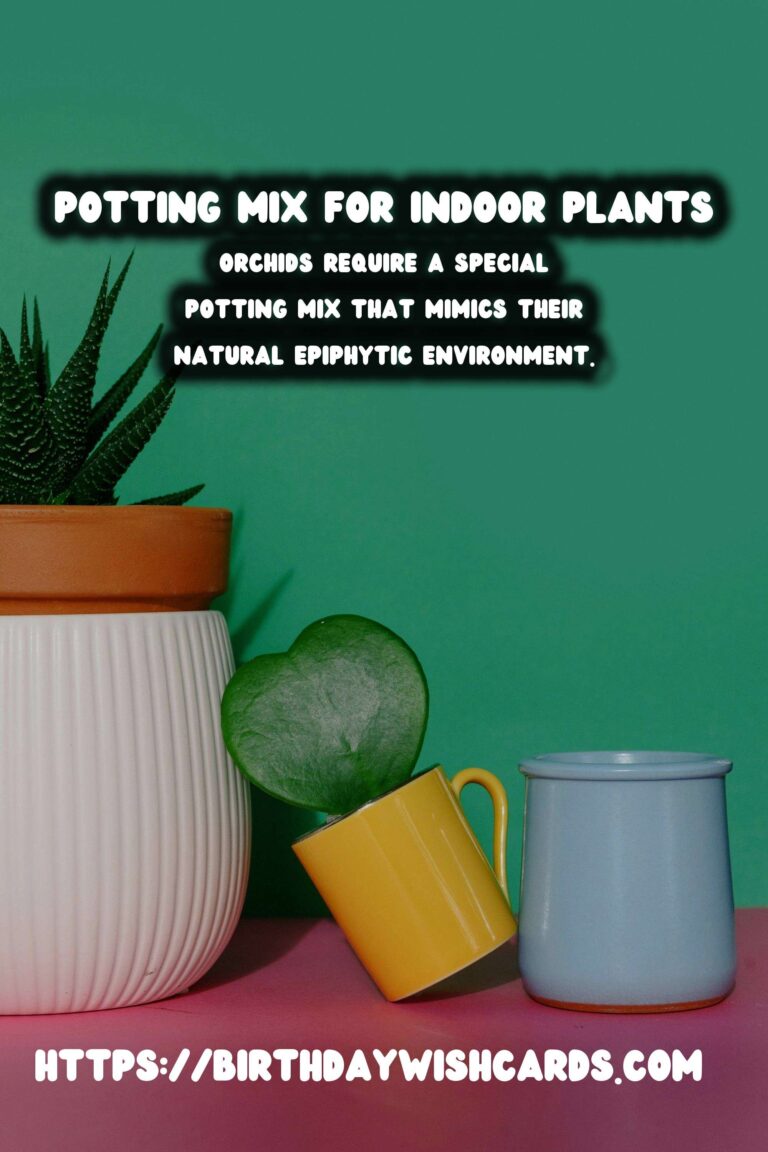
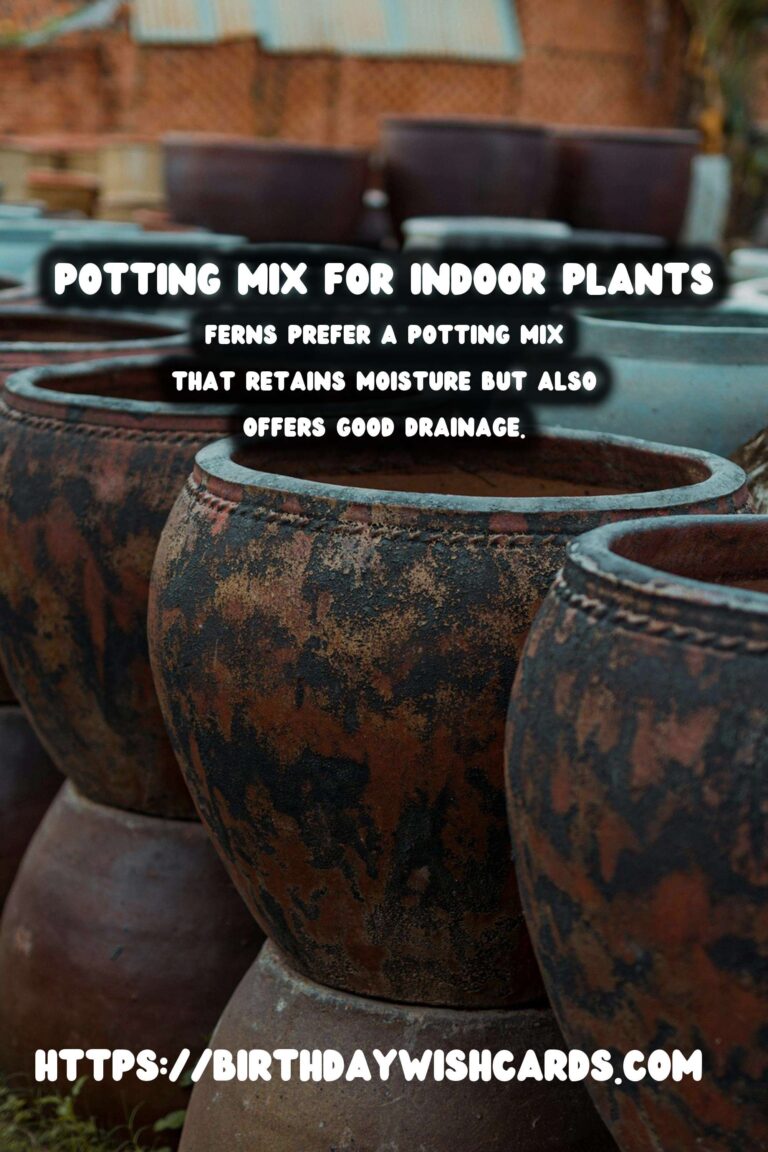
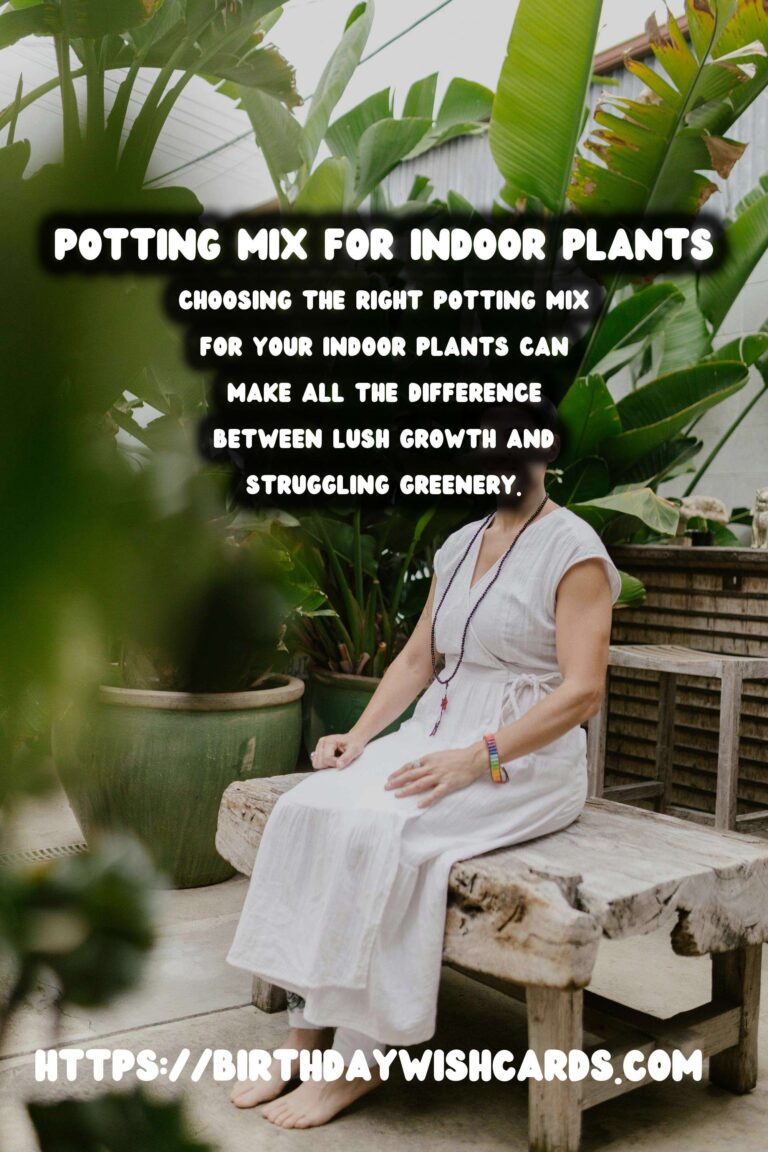
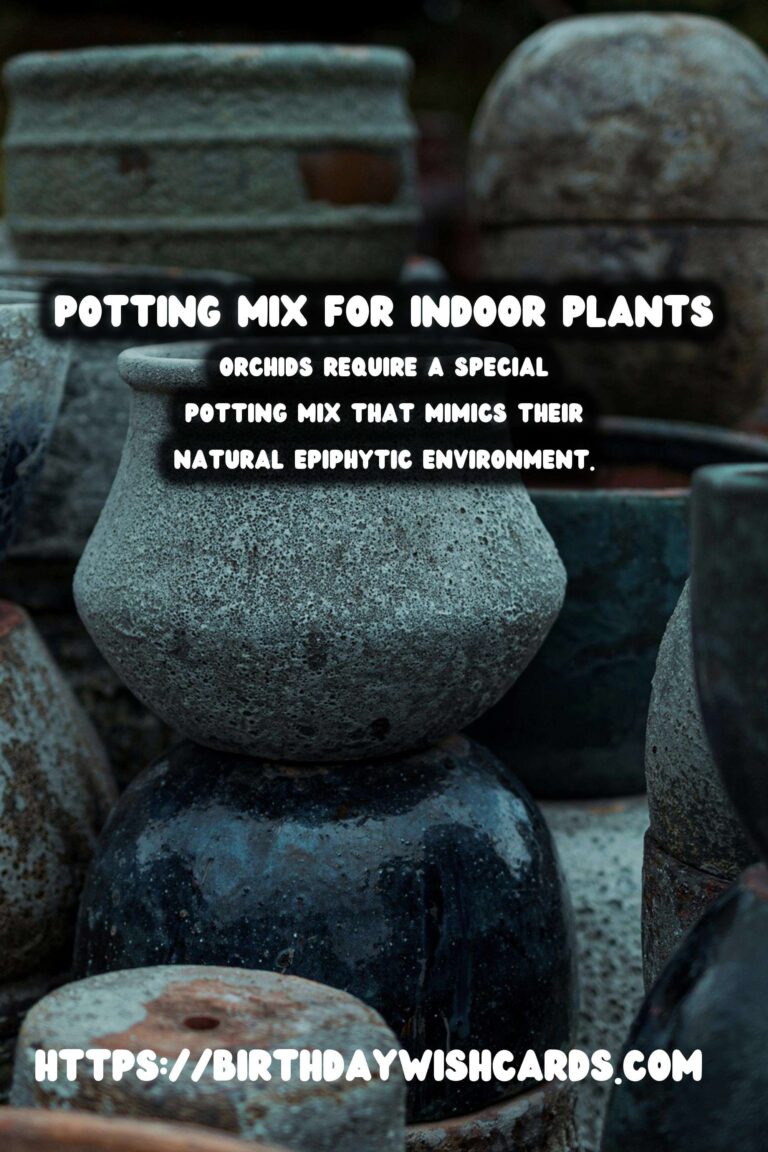
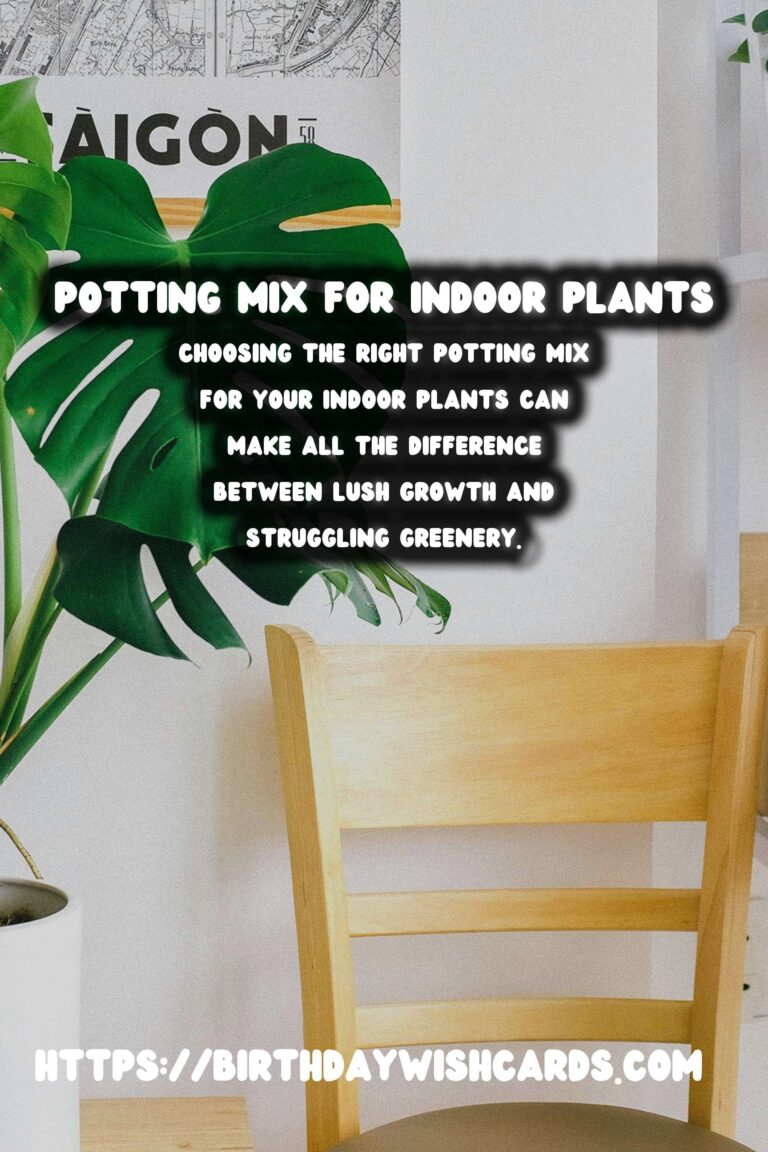
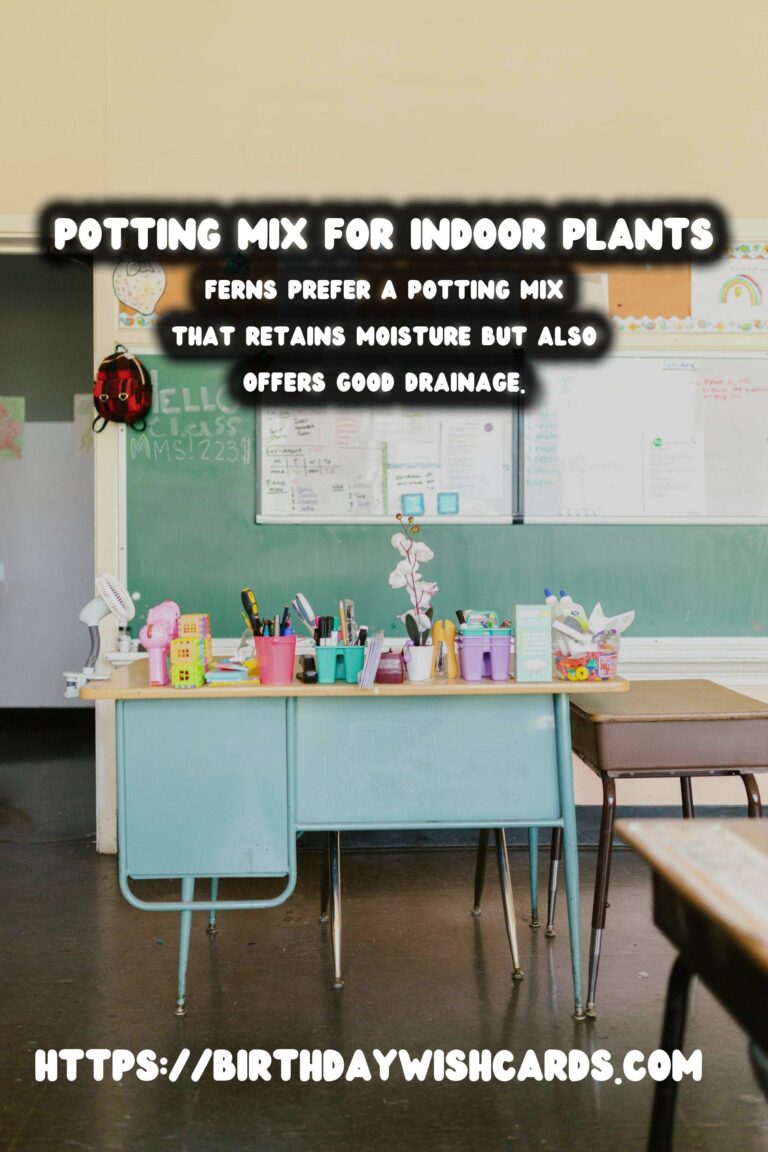
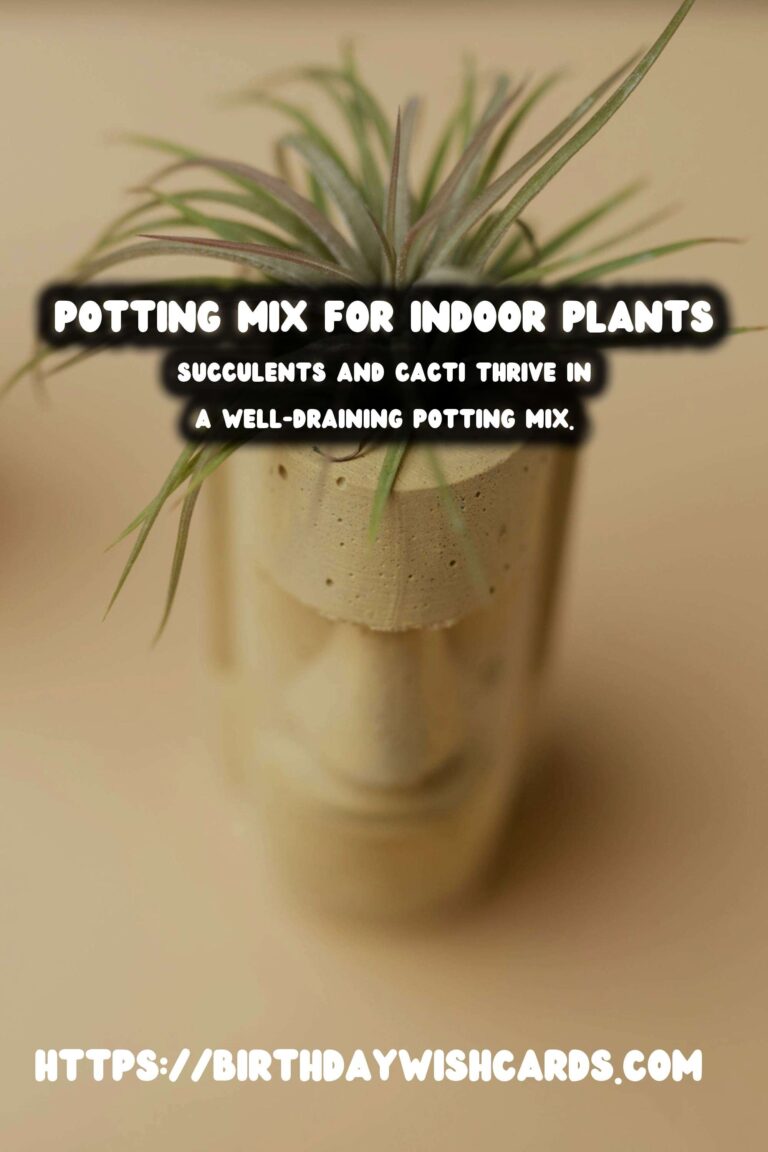
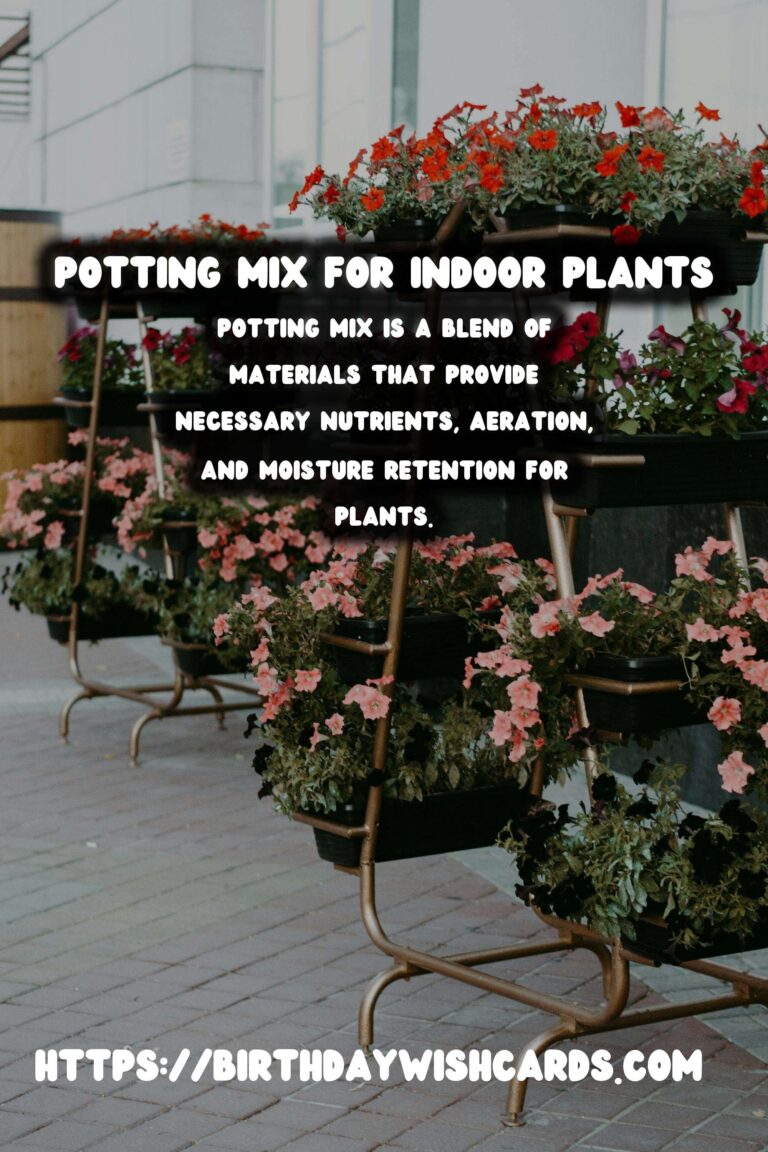
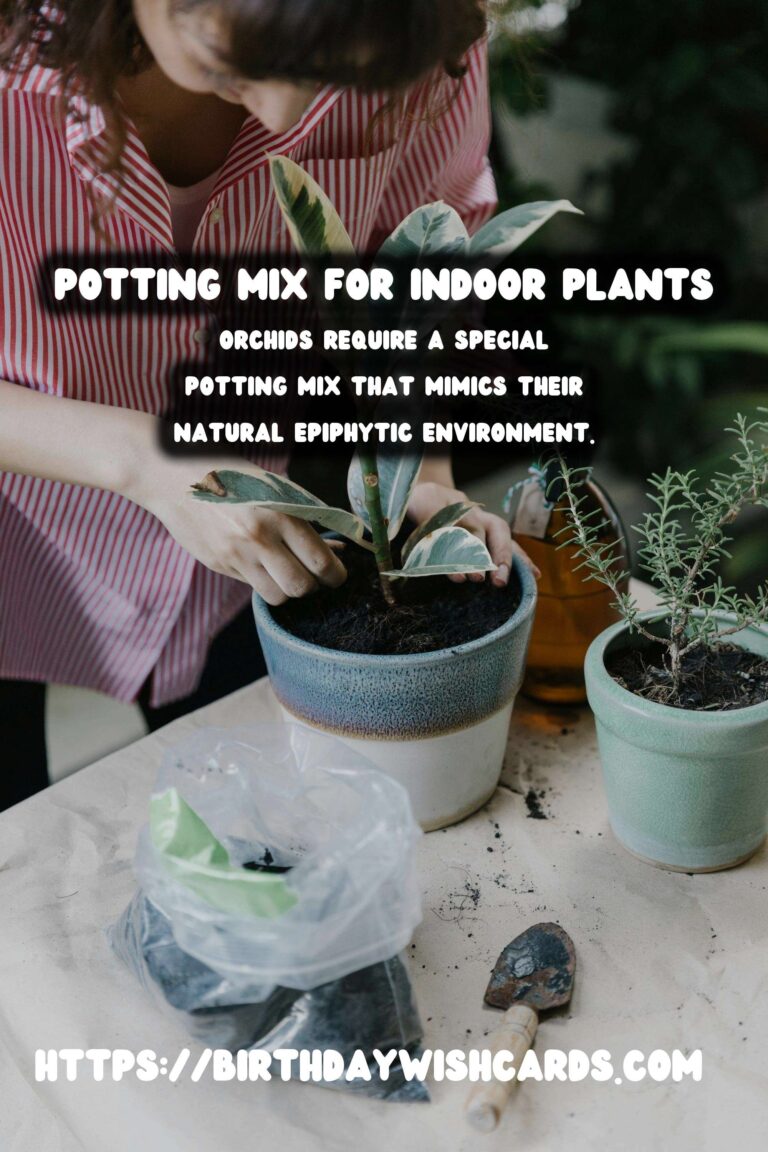
#IndoorPlants #GardeningTips #PottingMix #PlantCare #HomeGarden




